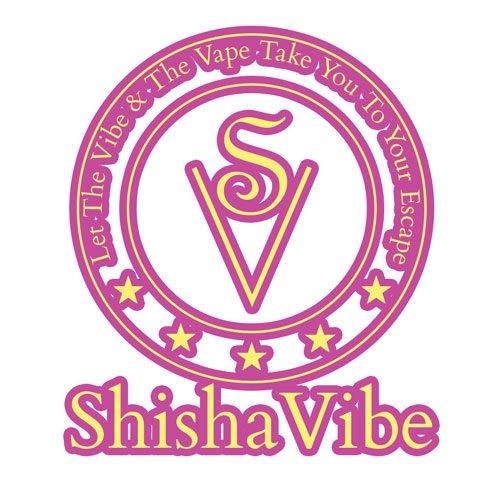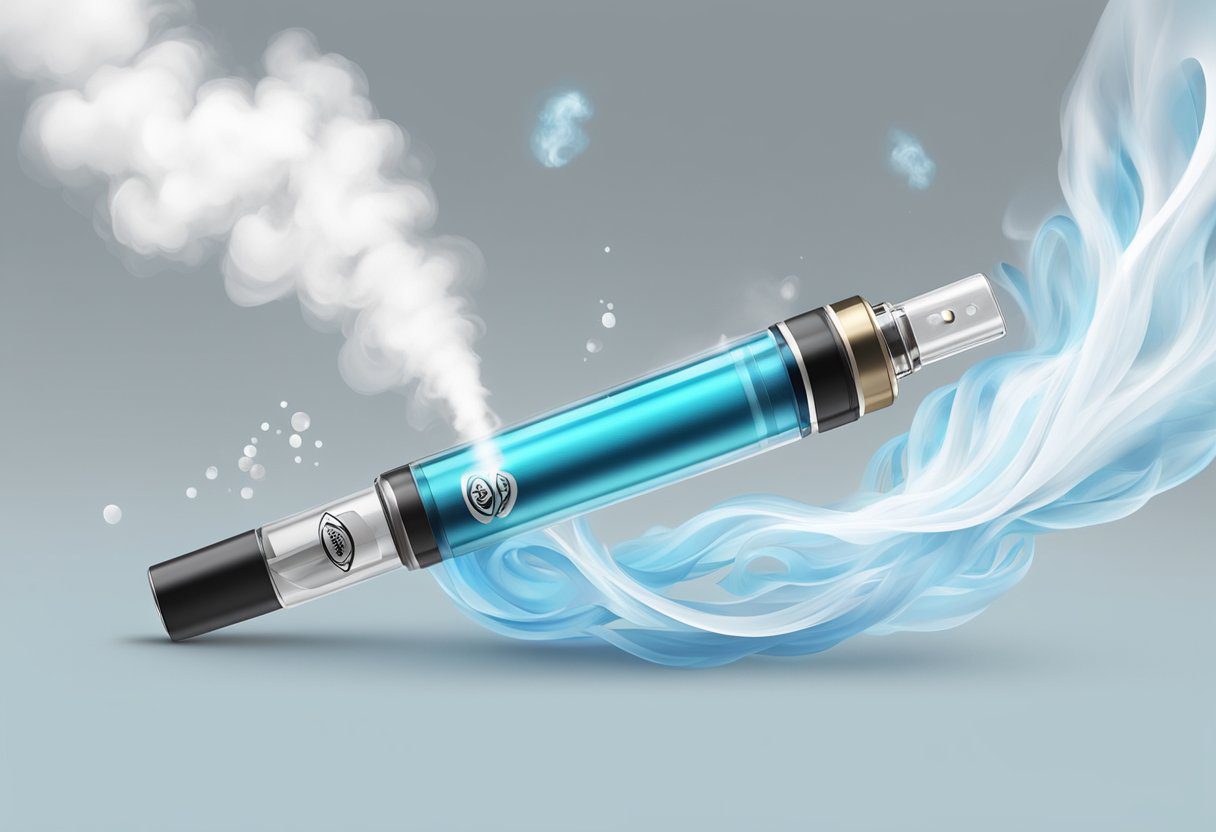Diacetyl in Vape: What You Need to Know
Diacetyl, a compound commonly used in the food industry for its buttery flavour, was once a component in e-liquids. However, the vaping industry has rapidly evolved with a deep understanding of diacetyl’s inhalation risks. Recognising these concerns, manufacturers have proactively adapted, leading to significant regulatory changes. Today’s e-liquids are formulated with a keen focus on safety, ensuring that the vaping experience is not only enjoyable but also aligns with the highest health standards. This shift underscores the industry’s agility and commitment to consumer well-being, offering safer vaping products without compromising on quality and taste.
Contents
Key Takeaways
- Diacetyl is a chemical compound used as a flavouring agent in e-cigarettes and vape liquids, but inhaling the chemical can be harmful to the lungs.
- Inhaling diacetyl can cause a serious lung disease known as bronchiolitis obliterans or “popcorn lung.”
- While the risk of developing popcorn lung from vaping is low, it is still a concern for many people.
What is Diacetyl
Diacetyl, also known as butanedione, is a naturally occurring substance that is commonly used as a flavouring agent in food and beverages. It is a yellowish-green liquid that has a buttery and sweet flavour. Diacetyl is produced during the fermentation process, which is used to make dairy and other products.
Diacetyl gained notoriety in the vaping industry due to a 2014 study that found high levels of diacetyl and other harmful chemicals in e-cigarette liquids. This study was conducted after several cases of “popcorn lung” were reported among workers in a popcorn factory who were exposed to high levels of diacetyl.
Popcorn lung, also known as bronchiolitis obliterans, is a rare and serious lung disease that causes inflammation and scarring in the small airways of the lungs. The disease gets its name from the fact that it was first identified in workers who were exposed to high levels of diacetyl while working in a popcorn factory.
While the levels of diacetyl found in e-cigarette liquids are significantly lower than those found in traditional cigarettes and the popcorn factory, some people still believe that diacetyl is a dangerous chemical that should be avoided. However, the evidence on the safety of diacetyl in e-cigarette liquids is mixed, and more research is needed to fully understand the risks associated with this chemical.
In response to concerns about diacetyl in e-cigarette liquids, many e-liquid manufacturers have begun to produce diacetyl-free liquids, with it being a banned ingredient in E-Liquids in the UK and Europe since 2016. These liquids use alternative flavouring agents that do not contain diacetyl or other harmful chemicals.
Overall, while diacetyl is a naturally occurring substance that is commonly used as a flavouring agent in food and beverages, its safety in e-cigarette liquids is still a topic of debate. More research is needed to fully understand the risks associated with diacetyl in e-cigarette liquids, and consumers should always be cautious when using these products.
Regulation and Safety
Diacetyl Banned TPD
The ban of diacetyl in e-liquids, as mandated by the Tobacco Products Directive (TPD) since 2016, marks a pivotal step in ensuring vaping safety. This regulatory action is part of a broader commitment to safeguarding consumers, with manufacturers adhering to stringent safety measures and quality controls. The TPD’s guidelines ensure that every e-liquid on the market undergoes rigorous testing and verification, guaranteeing that only high-quality, regulated ingredients are used. This level of diligence in production and compliance not only enhances consumer trust but also solidifies the vaping industry’s dedication to delivering safe and reliable products.
Quality Control in E-Liquid Production
To ensure the safety and quality of e-liquids, the TPD requires manufacturers to follow strict regulations on ingredients, labelling, and packaging. E-liquids must be made with high-quality, regulated ingredients and undergo independent lab testing to ensure their purity and consistency. The TPD also requires e-liquid manufacturers to provide detailed information on the ingredients used in their products, including any potential allergens and additives. This information must be clearly displayed on the label of the e-liquid packaging.
Manufacturers must also follow strict quality control procedures to ensure the consistency and safety of their e-liquids. This includes testing each batch of e-liquid for quality and purity, as well as ensuring that the e-liquid is free from any harmful contaminants. Independent lab testing is also required to ensure that the e-liquid is free from any harmful chemicals, including diacetyl, acetoin, and acetyl propionyl.
Overall, the TPD’s regulations on e-cigarettes and e-liquids aim to ensure that consumers have access to safe, high-quality products. By regulating the ingredients, quality, and labelling of e-liquids, the TPD helps to protect consumers from potentially harmful chemicals and ensures that e-cigarettes remain a viable alternative to traditional cigarettes.
Health Implications of Vaping
Popcorn Lung Not Proven
The term “popcorn lung” and its association with diacetyl in vaping has been a topic of concern. However, it’s crucial to clarify that this condition has not been conclusively linked to standard vaping products. The cases of “popcorn lung” were predominantly reported in industrial settings, not from everyday vaping use. By distinguishing these differences, we aim to alleviate concerns and misconceptions about vaping. The vaping industry is committed to transparency and consumer education, ensuring that users are well-informed about the products they use and can enjoy vaping with peace of mind, knowing that their safety is a top priority.
Comparative Risks with Tobacco Smoking
While vaping is not risk-free, it is widely accepted that it is a significantly less harmful alternative to smoking tobacco. According to the NHS, vaping poses only a small fraction of the risks of smoking, and is substantially less harmful in the short and medium-term. Smoking tobacco is a leading cause of lung cancer, chronic obstructive pulmonary disease (COPD), and heart disease, among other health conditions.
Ingredients and Exposure
Vaping exposes users to a variety of chemicals, including nicotine, flavouring agents, propylene glycol (PG), and vegetable glycerin (VG). Nicotine is highly addictive and can cause breathing difficulties, wheezing, and shortness of breath. PG and VG are used to create the vapour that is inhaled, and while they are generally considered safe for human consumption, there is some evidence to suggest that they can cause lung damage when inhaled.
In conclusion, while vaping is not without risk, it is widely accepted that it is a significantly less harmful alternative to smoking tobacco. The health implications of vaping are still being researched, and it is important for vapers to be aware of the ingredients in their e-liquids and the potential risks associated with them.
Consumer Information
E-Liquid Flavour Profiles
Today’s e-liquids, particularly those produced in the UK and EU, adhere to rigorous safety standards, ensuring a delightful and secure vaping experience. These standards have effectively eliminated the use of harmful substances like diacetyl, allowing consumers to enjoy a diverse range of flavours with confidence. From classic tobacco to exotic fruits and desserts, the array of safe and enjoyable options showcases the industry’s commitment to both quality and consumer safety. This evolution in e-liquid production not only enhances the vaping experience but also reinforces the industry’s dedication to health-conscious innovation.
Research and Data
The vaping industry is continually evolving, with a strong focus on developing safer and more enjoyable products. Recent research has been instrumental in enhancing our understanding of e-liquid ingredients and their effects, leading to significant improvements in formulation. These advancements prioritise user safety and experience, ensuring that e-liquids not only meet regulatory standards but also exceed consumer expectations. By staying at the forefront of scientific research, the vaping industry demonstrates its commitment to innovation and consumer well-being, further solidifying its role as a safer alternative to traditional smoking.








Leave a Reply